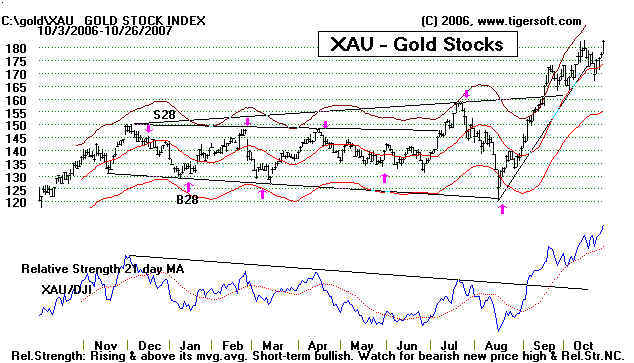The United States dollar is facing imminent collapse in the face of an unsustainable debt, the United Nations warned today.
United States debt, which had now deepened to well over $3 trillion, might turn out to be unsustainable in the rest of 2007 or next, putting further downward pressure on the United States dollar, Rob Vos, the Director of the Development Policy and Analysis Division of the Department of Economic and Social Affairs (DESA), told correspondents at a Headquarters press conference.
He pointed out that since its peak in 2002, the dollar had depreciated vis-à-vis the major currencies by some 35 per cent and by 25 per cent against a broader range of other currencies.
Vos made these comments at the launch of the 2007 World Economic Situation and Prospects report midyear update.
With that increased debt the risk of a sharp depreciation of the dollar continued, he warned. If countries willing to invest in United States dollar assets expected further depreciation, they might be less willing to hold dollar assets, triggering a much sharper fall in the United States dollar. The risk of disorderly adjustment and the steep fall of the dollar existed. The policy challenge was how to prevent a hard landing of the United States dollar and forge a benign adjustment of the global imbalance.
In terms of the United States housing sector, he noted that a recession in the housing sector had continued in 2007, with a slowdown in activity and a large number of unsold homes. While house prices had not fallen, that might happen in the months and years to come if the recession continued as expected. A decline in prices would affect the domestic market, particularly household consumption in the United States, resulting in the risk of a serious recession in its economy, slowing growth from 2.1 per cent to 0.5 per cent in 2007 and 2008. That would then significantly slow the world economy and transmit the recession into the rest of the world.
The United States deficit had increased to $860 billion at the end of 2006, and was expected to fall to $800 billion in 2007. That deficit was basically being financed by surpluses in the developing and oil exporting countries, as well as some major developed countries, in particular Japan and Germany. The European Union,at large, was projected to continue to have a slight deficit on its current account.
Continuing, he said the current tendency in macroeconomic policy was not all in the right direction, particularly in the surplus countries where there had been a tightening of monetary and fiscal policies, particularly in Germany and Japan, making it more difficult for the United States to lower its external deficits by export growth. The United States would also need to adopt some contractionary policies to slow down its deficit, he recommended.








 "The solution is nonmilitary
challenge.
"The solution is nonmilitary
challenge.